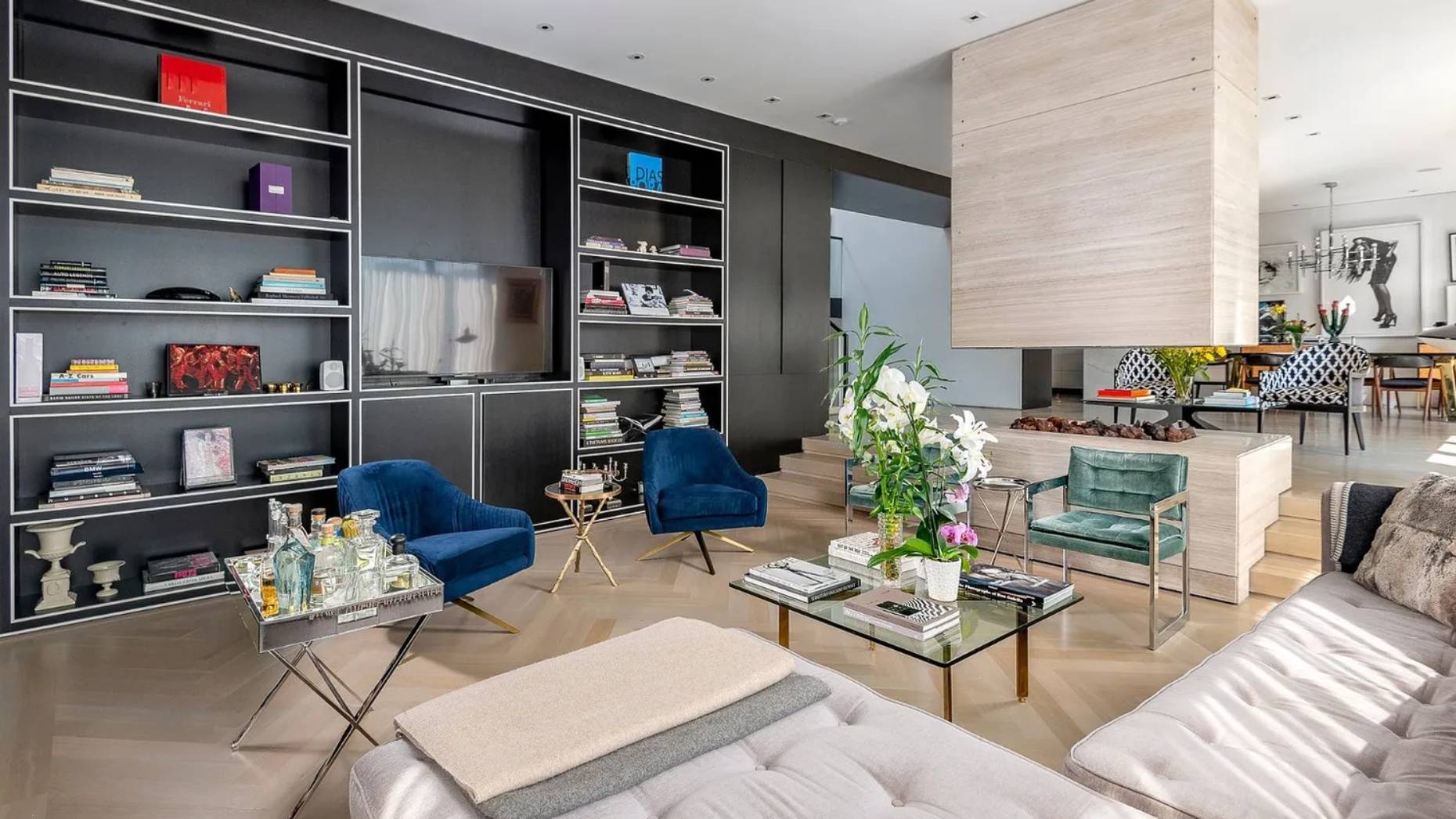
Chicago is experiencing a renovation boom, with homeowners investing in major renovations to update outdated properties, add modern amenities, increase resale value, and preserve historic architecture. This trend is transforming urban landscapes and driving community growth and high-end luxury developments.
Updating outdated homes, adding modern amenities, increasing resale value, and preserving historic architecture are the key reasons behind Chicago’s renovation boom. Quality renovations can significantly increase property values and resale potential, making older homes more attractive to buyers. By aligning renovations with neighborhood trends, homeowners can recoup a large portion of renovation costs upon selling.
Kitchen and bathroom upgrades are driving Chicago’s renovation transformation. Homeowners are focusing on custom cabinets, high-end appliances, luxury countertops, creative backsplashes, soaking tubs, walk-in showers, bidet toilets, and heated floors to create modern and functional spaces. Renovations also incorporate smart home technology for efficiency and connectivity.
In addition to residential renovations, Chicago is leading adaptive reuse projects that repurpose vacant buildings into hotels, food halls, and residential units. These projects give new life to historic structures while preserving architectural details and blending modern finishes with historic features.
Managing disruption during construction can be challenging, but strategies like defining temporary living spaces, planning alternate entryways, storing belongings offsite, and establishing ground rules can help homeowners cope with the process. Smart home renovation planning can minimize disruptions and make the process smoother for homeowners.
Overall, the renovation trend in Chicago is showing no signs of slowing down. Homeowners and developers are committed to improving the city’s housing stock while preserving its heritage, leading to better communities and homes for the future. With thoughtful revitalizations, Chicago’s past and future seamlessly interweave, creating spaces that will benefit residents for decades to come.
